Cheers to the Comprehensive Guide to Champagne and Other Sparkling Wines!
- 6th Jul 2022
- 1926
- 0

Pleasure without champagne is purely artificial- Oscar Wilde
Unquestionably, sparkling wines and especially champagne are the quintessential beverages of choice for celebrations. Also there is no doubt that Champagne has ascended to the top of the sparkling wine world since the development of the Champagne process, or Méthode Champenoise.
'The Comprehensive Guide to Champagne and Sparkling Wine' on LuxuryAbode invites you to explore this pristine world.
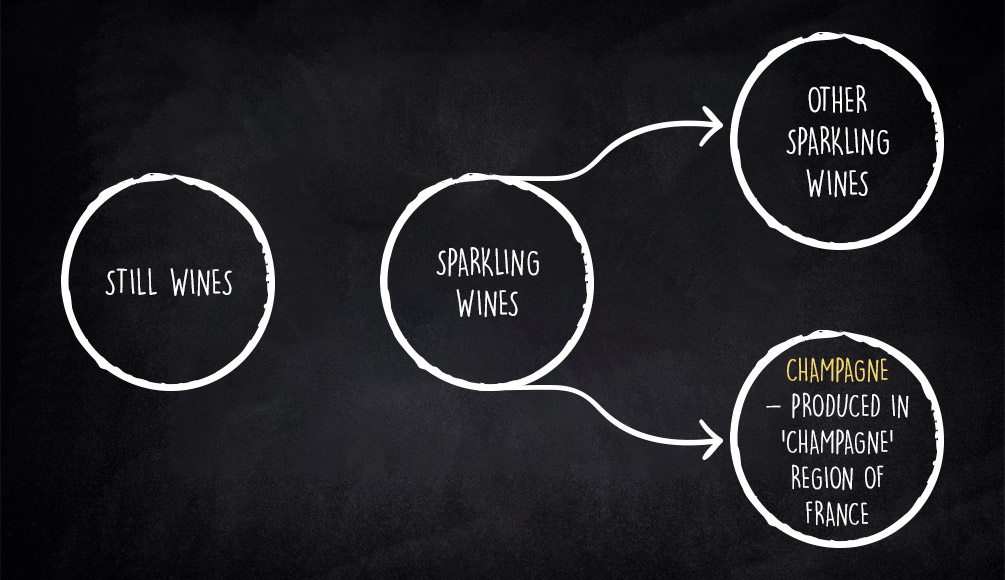
What is the definition of a Sparkling wine?
Sparkling wine is a wine that contains substantial amounts of carbon dioxide, making it bubbly. They originate from all over the world and are made using various grapes and processing methods.
What distinguishes Champagne from Sparkling Wine?
Champagne is the only sparkling wine that may legitimately be referred to as Champagne; all other sparkling wines are simply sparkling wines.
A sparkling wine can only be named Champagne if it is produced in the Champagne region of France, just outside of Paris. Champagne can only be produced from Chardonnay, Pinot Noir, and Pinot Meunier grapes.
Well-known examples are Champagne, the Italian Prosecco, the Spanish Cava, and the California sparkling wines.
Every Champagne is a sparkling wine, but all sparkling wines aren't always Champagne.

Champagne is an appellation d'origine protégée, therefore it must originate from the Champagne area of France. Additionally, every element of its growth, from seedling to final product to packing and labelling, is governed by tight regulations. Our Champagne guide will provide you with all the information you need about this complicated wine.
The most important standards to follow are grape varietal, yield, secondary alcoholic fermentation in the bottle, and lees contact. Seven grape types are permitted for production. Chardonnay, Pinot Noir, and Meunier are prevalent cultivars. (Pinot Blanc, Arbanne, Petit Meslier, and Fromenteau are all permitted, despite their rarity.) It is vital to recognise that Blanc de Blancs Champagne contains solely white grapes (Chardonnay). Champagne produced from exclusively black grapes is called "Blanc de Noirs" (Pinot Noir and Meunier).

You must first recognise that Champagne may only be lawfully made in the Champagne region of France. All of your favourite champagnes, such as Mot, Veuve Clicquot, and Dom Perignon, are produced in the same location.
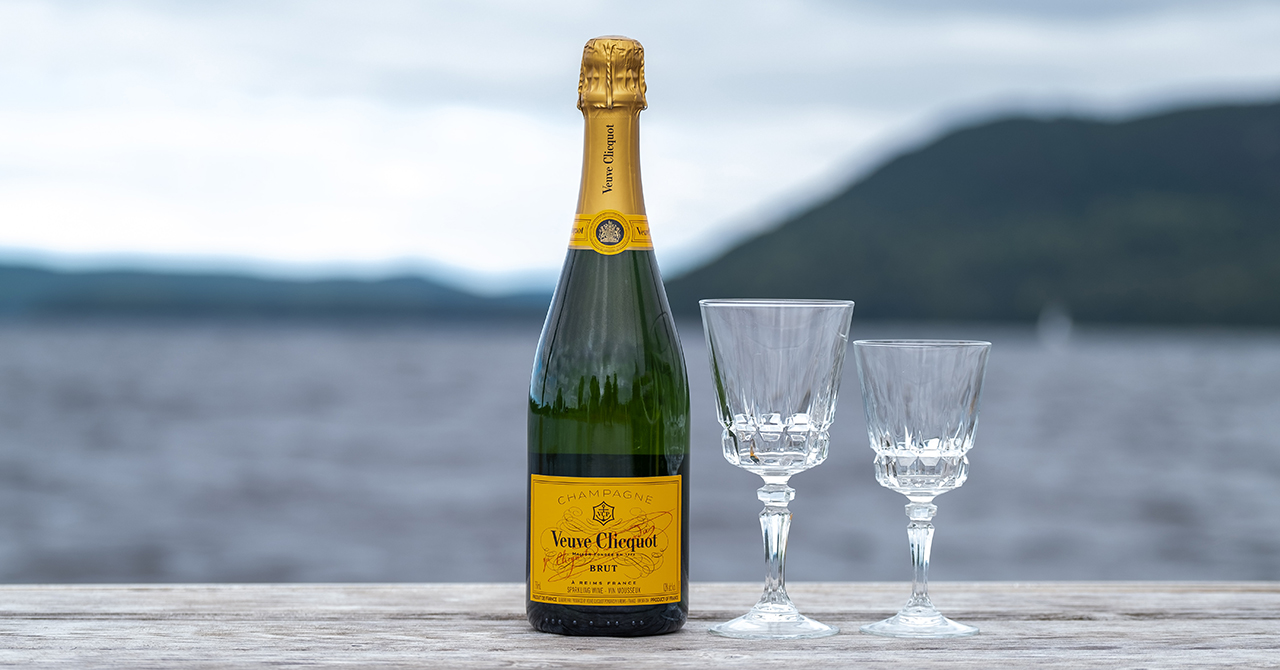
More facts about Champagne:
Champagne is a region in northern France that produces wine. Only particular fruits and production methods are permitted for the manufacture of Champagne's sparkling wines, which are subject to tight rules.
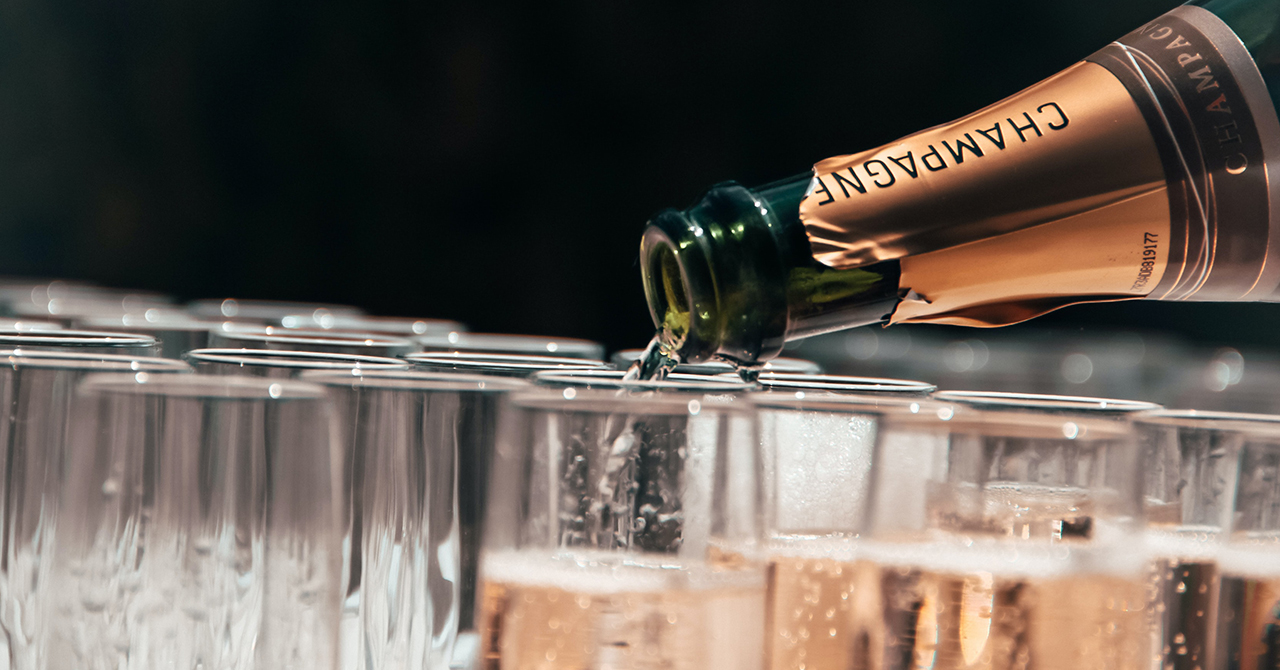
Method to create Champagne & Sparkling Wine
Similar to Prosecco and Cava, Champagne becomes bubbly due to a secondary fermentation that happens in the bottle. The Méthode Champenoise, sometimes known as the "traditional technique" outside of Champagne, is recognised as the optimal method for creating sparkling wine.
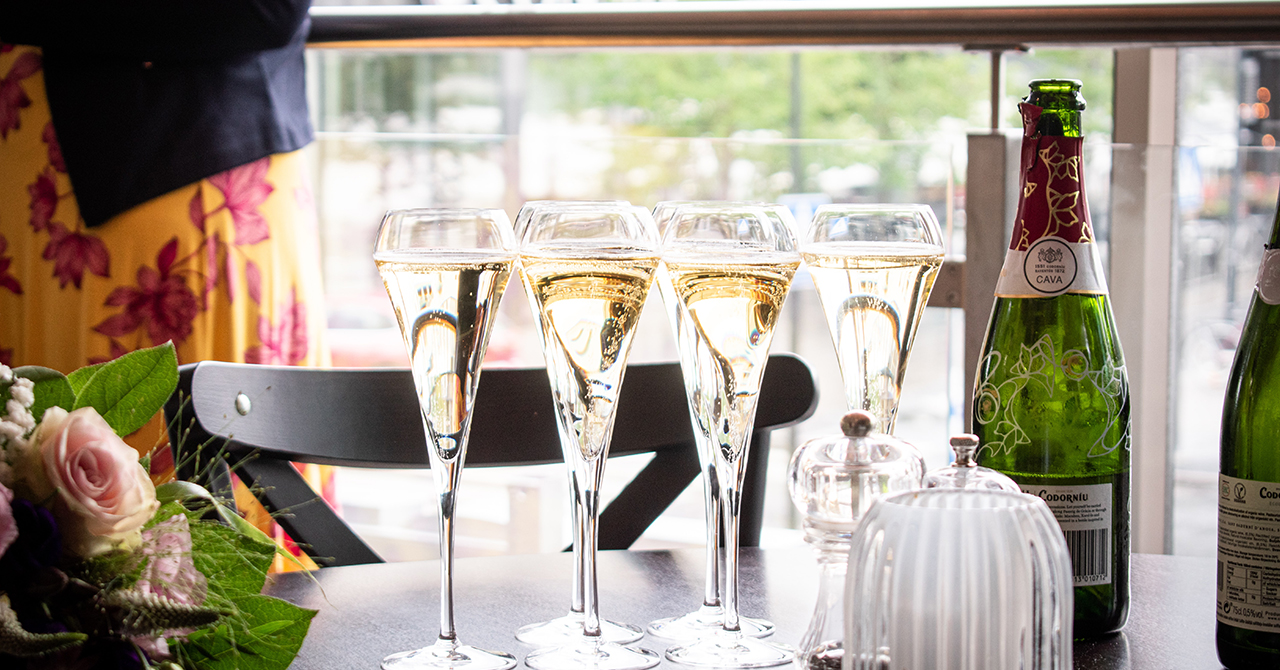
What makes Champagne exclusive is that it is an illustrious and historically significant sparkling wine produced solely in the Champagne region of northern France.
Why is a bottle of Champagne so expensive?
Champagne's average retail price is higher than that of other sparkling wines for a variety of reasons. The cost of grapes is the first consideration. The high risk of frost and sporadic occurrences of severe weather in the region may have an impact on yields, which in turn affects grape price. Due to regulatory limits, grapes must also be harvested manually. This has further cost repercussions. In addition, the Méthode Champenoise secondary fermentation process requires years of age and many hours of physical labour before the bottles may be distributed.
The Method to Open a Champagne Bottle
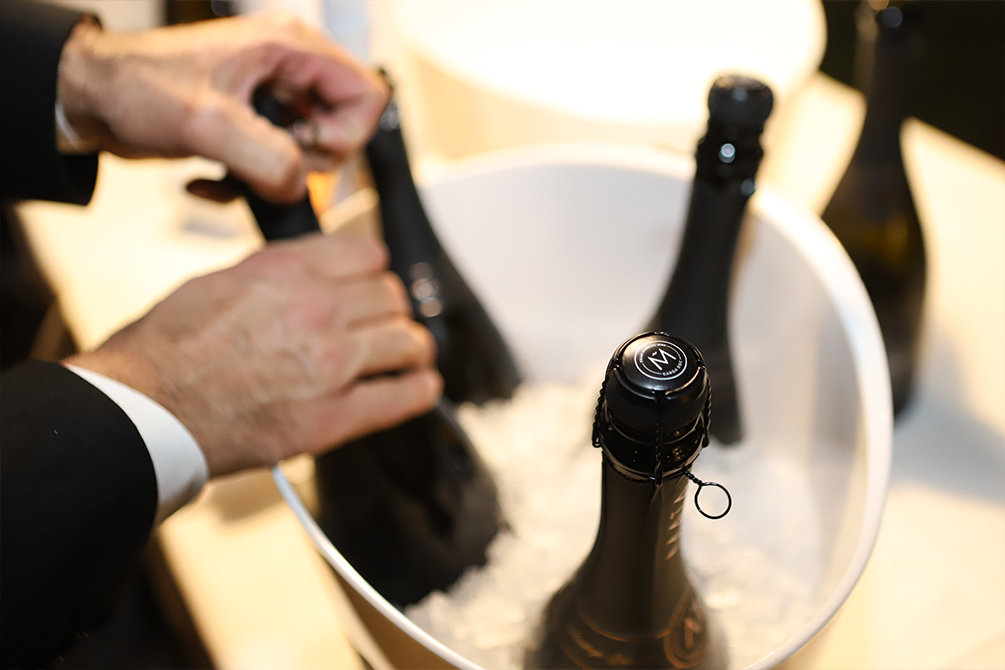
Champagne corks should not be tossed across the room, which would cause the pricey liquid to spill. Due to the bottle's high internal pressure, champagne must be cautiously opened.Remove the protective foil and loosen the wire casing to begin. Grab the cork and don't let go unless you want it to fly out of the bottle. Holding the bottle by the cork with one hand, spin it gently while applying consistent pressure with the other. When the pressure is removed, the cork will gradually explode from the bottle.
How Does One Describe Champagne's Flavor?
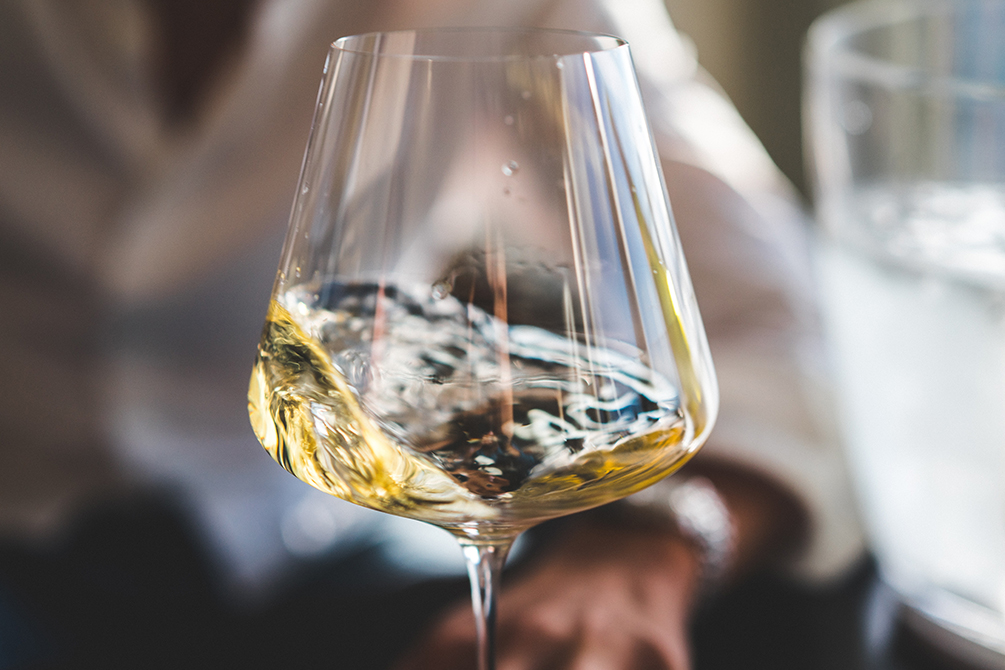
Champagne is characterised by a velvety mouthfeel and a delicate, exquisite mousse; in addition to the typical textural effervescence of sparkling wine, it also has a reputation for perfection.
Champagne's Varieties of Flavor
Champagne may be prepared in a broad range of styles, depending on the grapes used. The most generally consumed Champagne kind is Brut Champagne, a non-vintage dry house mix of the three most common Champagne grapes (Chardonnay, Pinot Noir, and Pinot Meunier).
Both the saignée and d'assemblage techniques can be used to create rosé Champagne; the former involves macerating clear juice from red varieties with the skins to produce a lightly coloured wine, while the latter involves blending a small amount of still red wine into the base white wine to achieve the desired hue.
Champagne Blanc de Noirs is a white sparkling wine produced from black grapes permitted in the Champagne region. The grape juice (must) does not come into direct contact with the grape skins during this procedure. However, Blanc de Blancs Champagne is a white sparkling wine produced only from the permitted white grapes in the Champagne region.
Methods of Champagne Production
Champagne's characteristic fizz is the consequence of a unique manufacturing procedure known as Méthode Champenoise (sometimes called the "traditional method" outside of Champagne). Champagne's excellent quality, position, and price are partially related to its labor-intensive and time-consuming manufacturing method.
Due to the pressing procedure, second press juice (taille) has more colours and tannins than first press juice (cuvée).During the initial stage of fermentation, the grapes' carbohydrates are converted into alcohol.Most wineries utilise a "house blend" that is not dependent on a particular vintage when producing Champagne. Commonly, wines from several areas and vintages are combined to produce a constant "house flavour" in the face of severe weather.When it comes to the second fermentation, a duration of eight weeks is not unusual.
The still wine, sugar, and yeast are bottled with a crown top and stored on its side to extend their shelf life. The yeast transforms the sugar into alcohol and carbon dioxide (the bubbles) throughout the fermentation process.When the conversion is complete, the participation of the dead yeast cells (lees) in the ageing of the wine is vital. The contact with the lees enhances the flavour of freshly sparkling wine.
A non-vintage expression must be aged for at least 15 months, whereas a vintage wine must be aged for at least three.On certain racks, bottles are held at an inverted 45-degree angle. When bottles are gently rotated at regular intervals, lees will collect inside the bottle neck. This operation was formerly handled manually and required months to complete. Since the majority of riddles are now computerised, it only takes a week to answer one.
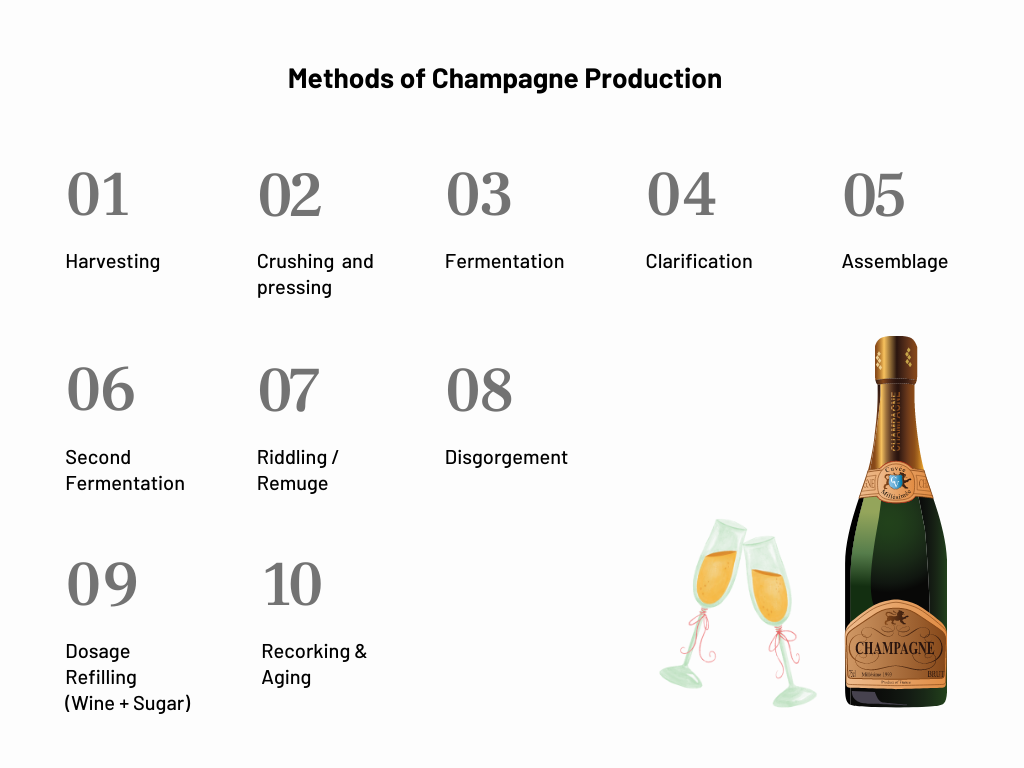
Disgorgement
During disgorgement, the lees deposit is drained away. The wine and the deposit in the bottle neck are both frozen by submerging them in an ice mixture. Bottles are taken out and put back in a vertical orientation. The bottle's frozen lees/sediment are then forced out of the bottle's neck by internal pressure when a machine removes the crown cap. The machine adds dosage, a mixture of wine and sugar that determines the wine's final level of sweetness, to the Champagne already present in the bottle.
Before ageing, the bottle is recorked and given a final wire cage and cork. Prior to release, non-vintage Champagnes must rest in the bottle for at least 15 months (including 12 months on the lees), whereas vintage Champagnes must rest for at least 36 months.
Different sweetness levels, defined by the amount of sugar added during dosage, are denoted on the label using an unique set of terms, as if the Champagne-making process weren't already perplexing enough. Included are:
Natural, or Brut, indicates there is no added sugar (less than 3 grammes of sugar per liter).
Slightly sweeter than Extra Brut, but still crisp and dry (less than 6 grammes of sugar per liter).
The most often drank Champagne is Brut, which has less than 12 grammes of sugar per litre and is hence referred to as dry.
Slightly sweeter than Brut, although still considered Extra Dry (between 12 and 17 grammes of sugar per liter).
Extremely sweet enough to be instantly apparent (between 17 and 32 grammes of sugar per liter).
More tasty than the Sec (between 32 and 50 grammes of sugar per liter).
Referred to as the "sweet spot" or "doux" ( more than 50 grammes of sugar per liter).
More About the Region Where Champagne Grapes Are Cultivated
Approximately 160 kilometres east of Paris lies the Champagne region of France. However, the region's low temperatures are ideal for cultivating grapes with high acidity levels, which are perfect for the production of sparkling wine.
Two of the five vineyard areas, Côte de Sézanne and Côte des Blancs, specialise on Chardonnay cultivation. The Vallée de la Marne is home to both Pinot Noir and Pinot Meunier grapes, but the Côte des Bar and Montagne de Reims are Pinot Noir specialists. The five areas have a total of 17 Grand Cru villages and 42 Premiere Cru settlements.
What Foods Complement Champagne
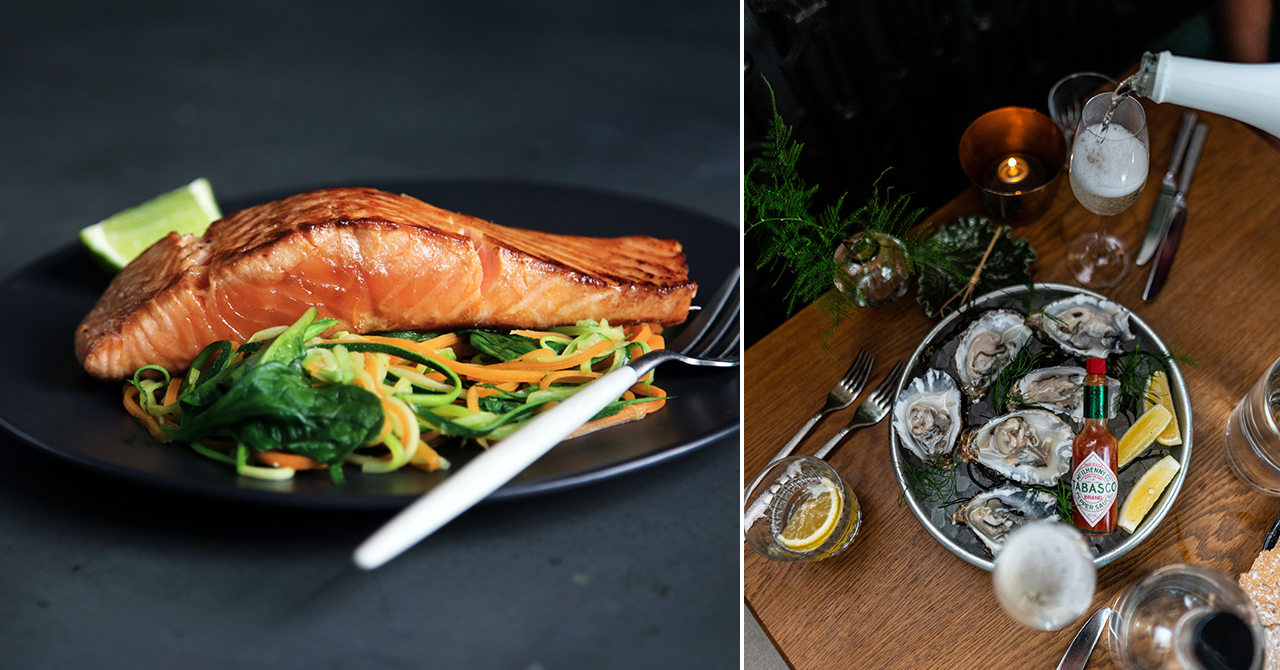
Champagne is a delicious treat on its own. If you're going to combine luxury with a snack or meal, you may as well go all out. As an appetiser, enjoy a glass of Champagne with baked triple-cream brie topped with toasted almonds. For the main dish, use something salty or fried to balance the acidity of the wine. If you want seafood, try it with fried oysters or smoked salmon. If you prefer meat, try it with crispy fried chicken or stuffed mushrooms. Overly sugary desserts will overshadow the dryness of Champagne. Both Demi-Sec and Doux are suitable dessert wines.
Champagne glasses are made specifically for champagne and other sparkling beverages. Champagne may also be consumed from a standard wine glass, which enhances taste appreciation at the price of bubble emphasis. The three most prevalent shapes are the Flute, Coupe, and Tulip.
The first two are stemmed; holding the glass by the stem stops the beverage from overheating.
Flute
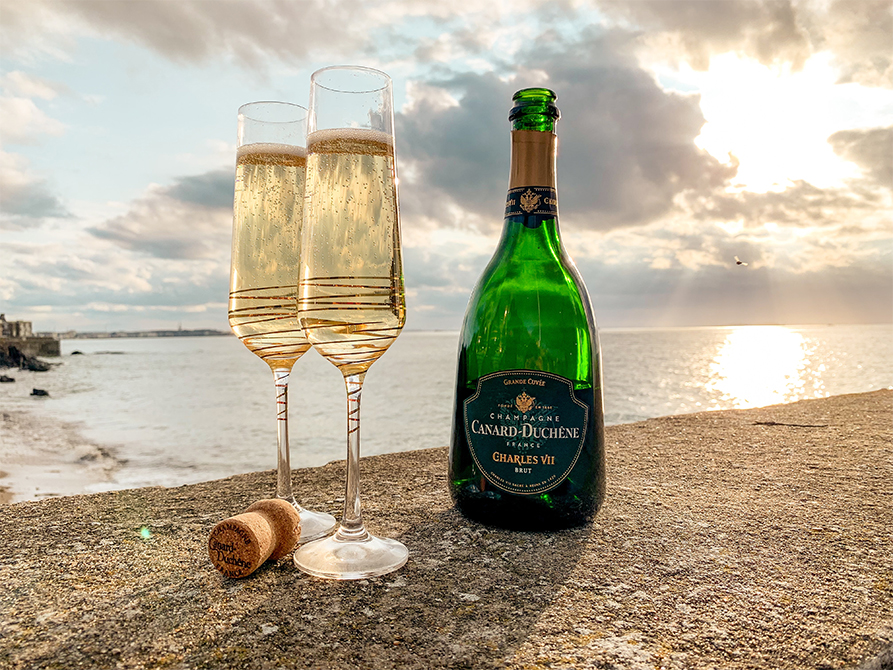
The champagne flute is a stem glass with either a tall tapering conical or extended thin bowl, and it typically holds between 180 and 300 millilitres (6.1 and 10.1 fluid ounces) of drink.
Coupe
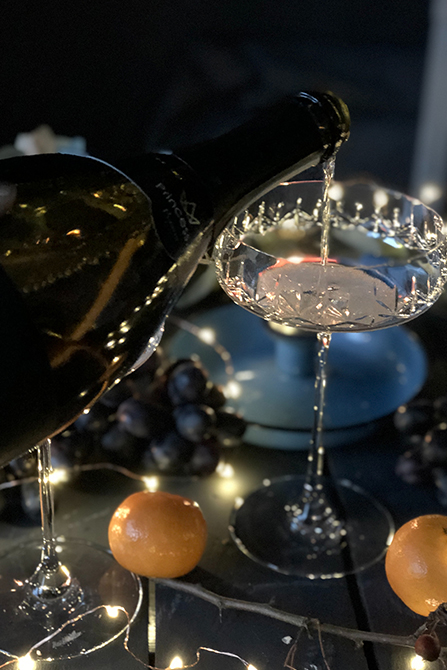
The champagne coupe is a shallow, saucer-shaped stemmed glass with a large bowl capable of holding 180 to 240 millilitres (6.1 to 8.1 fluid ounces) of drink.
Tulip
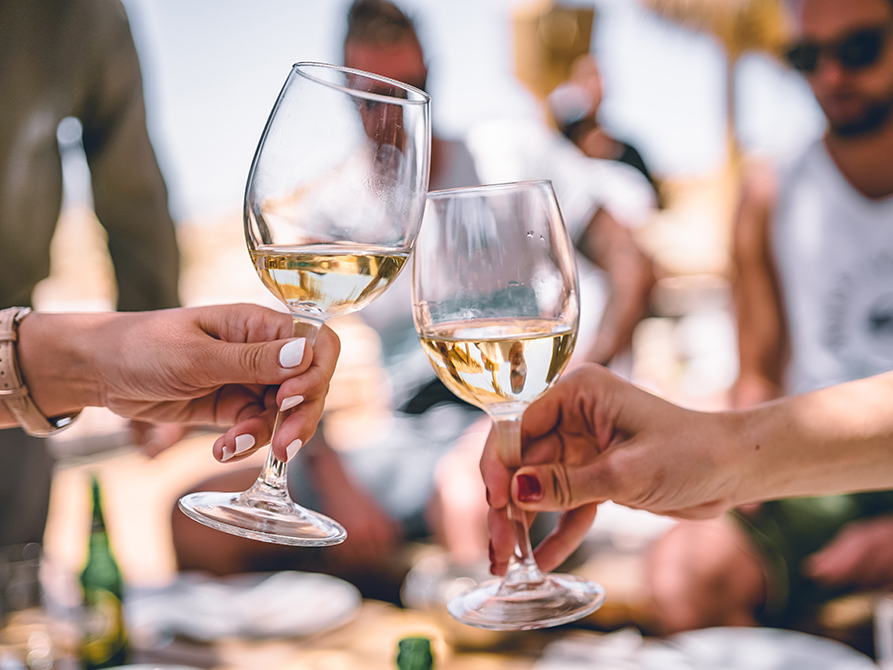
Champagne is served in a tulip-shaped glass as well. The white wine tulip may be distinguished from the champagne flute by its broader mouth and flared body.
More About Sparkling Wines
In a number of areas throughout the globe, sparkling wine is still made using traditional methods. However, they cannot be labelled as Champagne even if they employ the same grapes and vinicultural processes as Champagne. Top producers in the United States, Australia, England, and New Zealand employ the same technique as is used to make Crémant in France, Cava in Spain, Trentodoc and Franciacorta in Italy, Méthode Cap Classique sparkling wine in South Africa, and a great number of other sparkling wines. Due to the unique topography and climate of Champagne, there are a few exceptional wines, but only the best can match the complexity of the region's finest vintages. England and New Zealand, which have the same climate as Champagne, are two of the greatest producers of sparkling wine. The sparkling wines made in California, notably in Alexander Valley and Sonoma, are among the greatest in the world.
Despite the fact that "California Champagnes" are offered at affordable prices, they are still California sparkling wines that are, without a doubt, extraordinary.
But there is only one Champagne and that is the Champagne, period.
 Suhas
Suhas


Comments
No comments yet.
Add Your Comment
Thank you, for commenting !!
Your comment is under moderation...
Keep reading luxury post